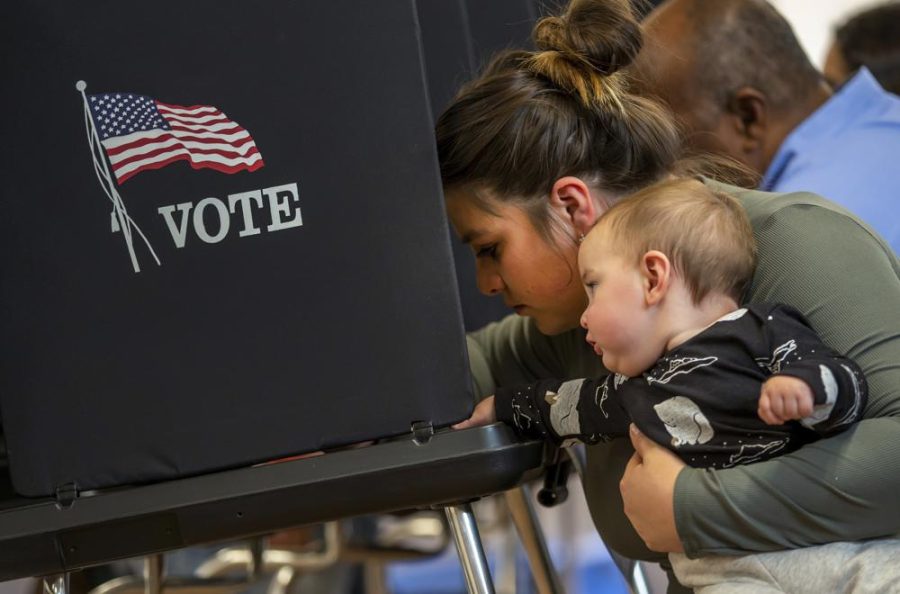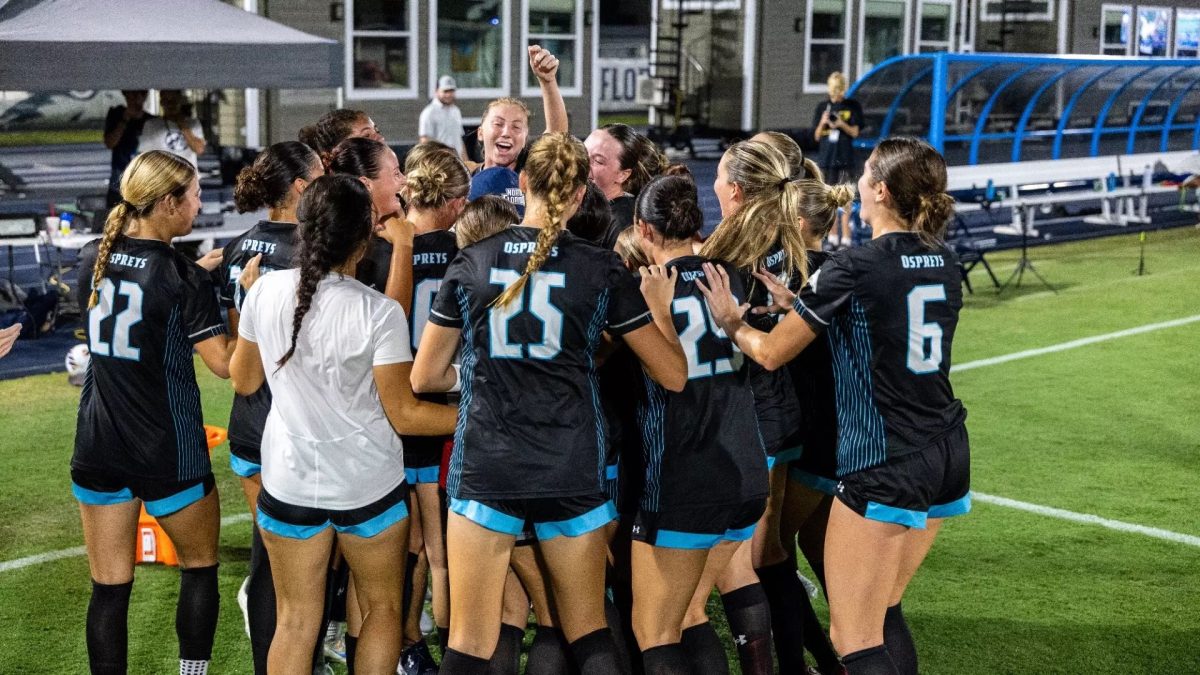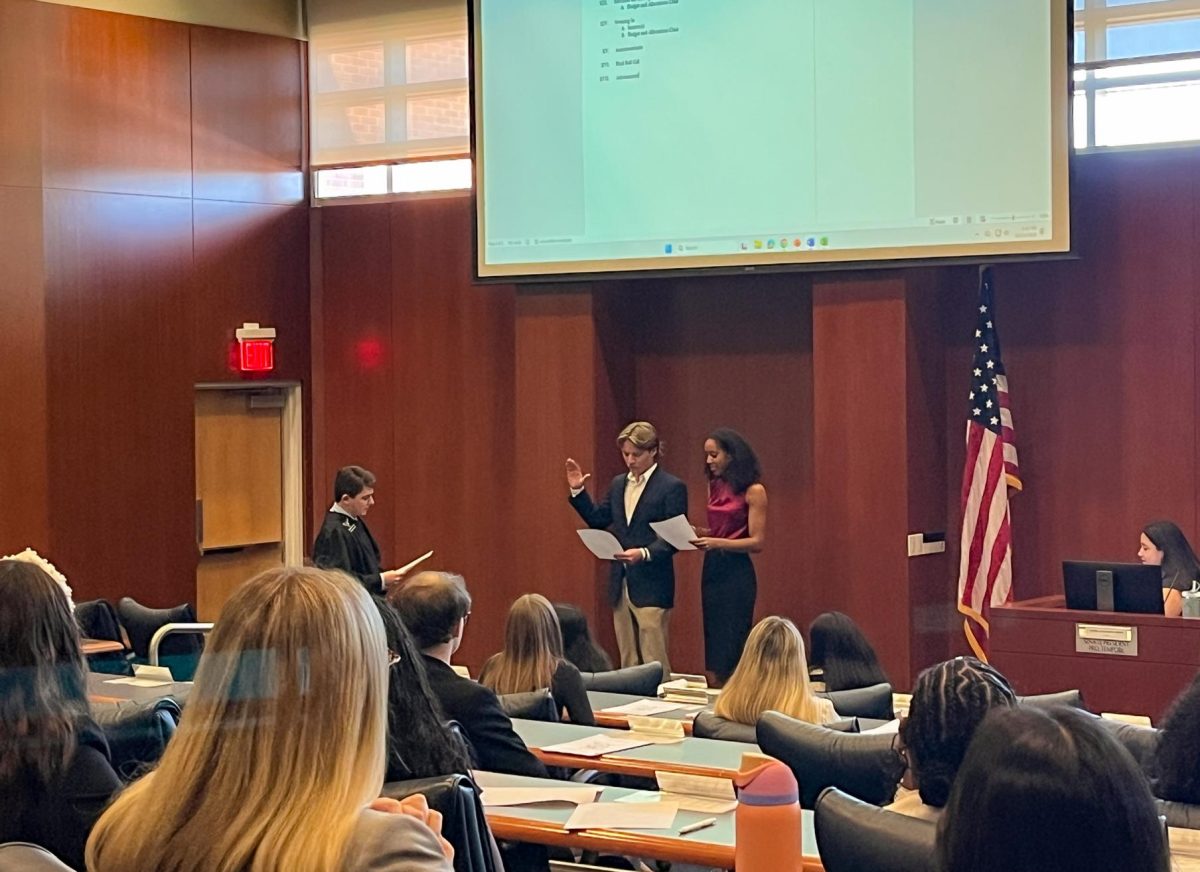It’s no secret that younger generations are least likely to show up to the polls. In today’s world of technology, which constantly updates us about voter sites and educates us on how to vote, it’s difficult to determine what’s on the minds of young voters in the U.S.
Why don’t we show up to the polls?
Well, this time around we did.
It’s estimated that about 27% of young voters between the ages of 18 and 29 cast a ballot in this year’s midterm, the Guardian reported. This makes this midterm election the second-highest youth voter turnout in almost three decades, after 2018, with even higher turnouts in key battleground states.
We know historically that young voters do not always side with one party due to a lack of knowledge of politics, overarching political apathy, or have not decided on the views they align themselves with yet.

What makes this midterm different from others?
“Youth voting lags behind in voting by Americans generally, and generally, as you age you are more likely to vote so this isn’t really a generational thing,” Sean Freeder, an assistant professor of political science at the University of North Florida, said. “Younger people—they don’t necessarily have that habit formed yet—they’re not as likely to have a partisan identity that’s strongly formed, which predicts a lot of likelihood to vote.”
But it’s hard to compare younger voters and older voters in this election due to the nature of midterm versus presidential elections. According to Freeder, people tend to vote at a rate of about 20% more when the president is on the ballot.
Perhaps, some of the key issues that Millenials and Gen Z face, like the overturning of Roe v. Wade by the Supreme Court back in June or the looming consequences of climate change, are causing a shift in sentiment amongst young voters.
Freeder said that some of the credit could be given to the Student Loan Forgiveness program that the Biden administration had announced back in August, giving millions of students an opportunity to receive debt relief or assistance despite being blocked by a federal judge in Texas earlier this month. Another key topic could be the federal rollback on Marijuana criminalization which students have shown strong interest in.
Despite seeing an increase in younger people voting, it can be safe to say that there’s an increase in voting between all age groups.
According to Bloomberg Government, overall voter turnout has increased by each election year in both midterm and presidential elections.
Freeder says polarization can be a reason why we’re seeing a shift in voter turnout.
“In 2018, you could have maybe said ‘This is a Trump effect’ he said. “It’s not like Trump doesn’t have influence in this election. Through a lot of candidates, in some ways, he kind of was on the ballot but it shows that we’re in a really high period of polarization right now. I think when people have politics in their face that much in their life they’re just a lot more likely to get out there and vote.”
The bottom line is; voters want to know what lies ahead in their future and there’s no better way to do that than to go out and vote for potential representatives.

Does youth vote choice matter?
The answer is yes. Younger votes have a more uniform preference compared to other age demographic voting patterns and clear preferences.
According to the Edison Research Election Pool exit poll, the national vote choice amongst young voters for The U.S. House of Representatives is 63% for Democrats and 35% for Republicans, showing that young voters are the only age group that shows a strong preference for more democratic views.
Whether you align yourself more with the left or the right, one thing is for sure: Your vote matters. Whether young voters will become increasingly interested in voting like those before us is unknown. For now, it seems we’re not doing half bad.
___
For more information or news tips, or if you see an error in this story or have any compliments or concerns, contact editor@unfspinnaker.com.
















